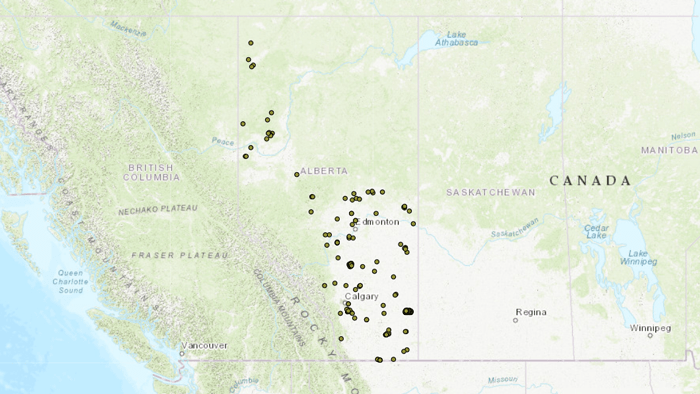Pipeline Retirement
Northern Crescent is a multi-discipline engineering firm serving all phases of project delivery.
Why do we need to retire Pipelines?
From a life cycle standpoint, the retirement of an existing pipeline and associated assets is a critical stage but often neglected due to considerable costs with no associated returns with it.
In some cases, the regulations require the Licensee (owner or operator of the pipeline) to abandon the pipeline due to safety, environmental or regulatory concerns when the pipelines have not been in service for an extended period. It is crucial to follow regulatory and engineering steps to ensure that pipelines are retired safely and all stakeholders inputs are properly addressed.
Key Considerations
Although each retirement project is unique, there are some common considerations. Over the years, Provincial and Federal regulators have put in place regulatory requirements to ensure that all stakeholders have been adequately consulted, and all valid concerns have been resolved before pipeline abandonment takes place. This procedure ensures that pipeline assets are retired safely and in a consistent manner.
The pipeline retirement requires consideration of the several factors are not relevant for original pipeline construction. Some of these factors include
- pipeline condition at the time of retirement
- the structural stability of the pipeline under no-flow conditions
- possible ground settlement due to corrosion of the inactive buried pipeline
Useful Resources
Orphaned Wells in Alberta
The retirement or decommissioning of an existing pipeline is the final stage in the pipeline life cycle. The pipeline can be left in place, removed partially, removed completely or a combination of these methods
Pipeline Retirement in
Five key steps
Notifications to the regulatory bodies
The regulatory requirements for pipeline retirement are similar yet vary among Provincial and Federal Regulators. Typically, a Licensee shall discontinue, abandon, or return to active flowing service a pipeline that has not seen active flowing service within the last 12 months. The decision to retire a pipeline requires a review of possible production forecast(s) of adjacent fields. Once a decision is made to abandon the pipeline, the Licensee is required to notify the Provincial or Federal regulator and start the abandonment process.
Engineering assessments and program development
The development of pipeline retirement program takes into jurisdiction-specific considerations. Some jurisdictions require that pipeline is discontinued before it can be abandoned, while in other jurisdictions, the pipeline can be abandoned without discontinued status with the Regulator

The specific requirements for pipeline retirement may vary on the pipeline size, age of the pipeline, type of crossings, and terrain features. Key considerations for developing a compliant pipeline retirement (discontinuation or abandonment) program involve
Field assessment of the pipeline and associated aboveground facilities –
Engineering assessment to determine remaining life of the pipeline in the ground –
Pipeline risk assessment for roads, railways and third-party crossings –
Environmental assessment for factors (i.e. ground depression) due to structural deterioration –
Assessment of future known developments along the pipeline right-of-way –
A sound engineering assessment and pipeline retirement plan can protect the License from any future liabilities arising from any property or environmental damage in the future
Consultations and alignment with stakeholders including landowners
A significant activity for pipeline retirement is the consultations with stakeholders such as government agencies, private landowners, utility companies etc. Since most pipelines currently being abandoned have been constructed several decades ago, the pipeline right of way agreements may now be inherited by 2nd or 3rd generation landowner(s), or a different public entity. It is important to engage the current stakeholders to get alignment on any perceived or actual risks and liabilities related to pipeline retirement.
This process ensures that all the stakeholders have required information about the state of the pipeline, the abandonment process, risks to the landowners, and other infrastructure. It also ensures that their concerns and feedback are addressed in the pipeline abandonment plans.
Project Execution
Proper implementation of a well-written retirement program is critical step to ensure the project is executed safely. It involves arranging required access permits, engaging all required parties (the Licensee, field contractor, other stake holders), clarifying the abandonment requirements, and managing of any field changes to the plan
Project Closeout
The regulatory requirements for pipeline retirement are similar yet vary among Provincial and Federal Regulators. Typically, a Licensee shall discontinue, abandon, or return to active flowing service a pipeline that has not seen active flowing service within the last 12 months.
The decision to retire a pipeline requires a review of possible production forecast(s) of adjacent fields. Once a decision is made to abandon the pipeline, the Licensee is required to notify the Provincial or Federal regulator and start the abandonment process.

